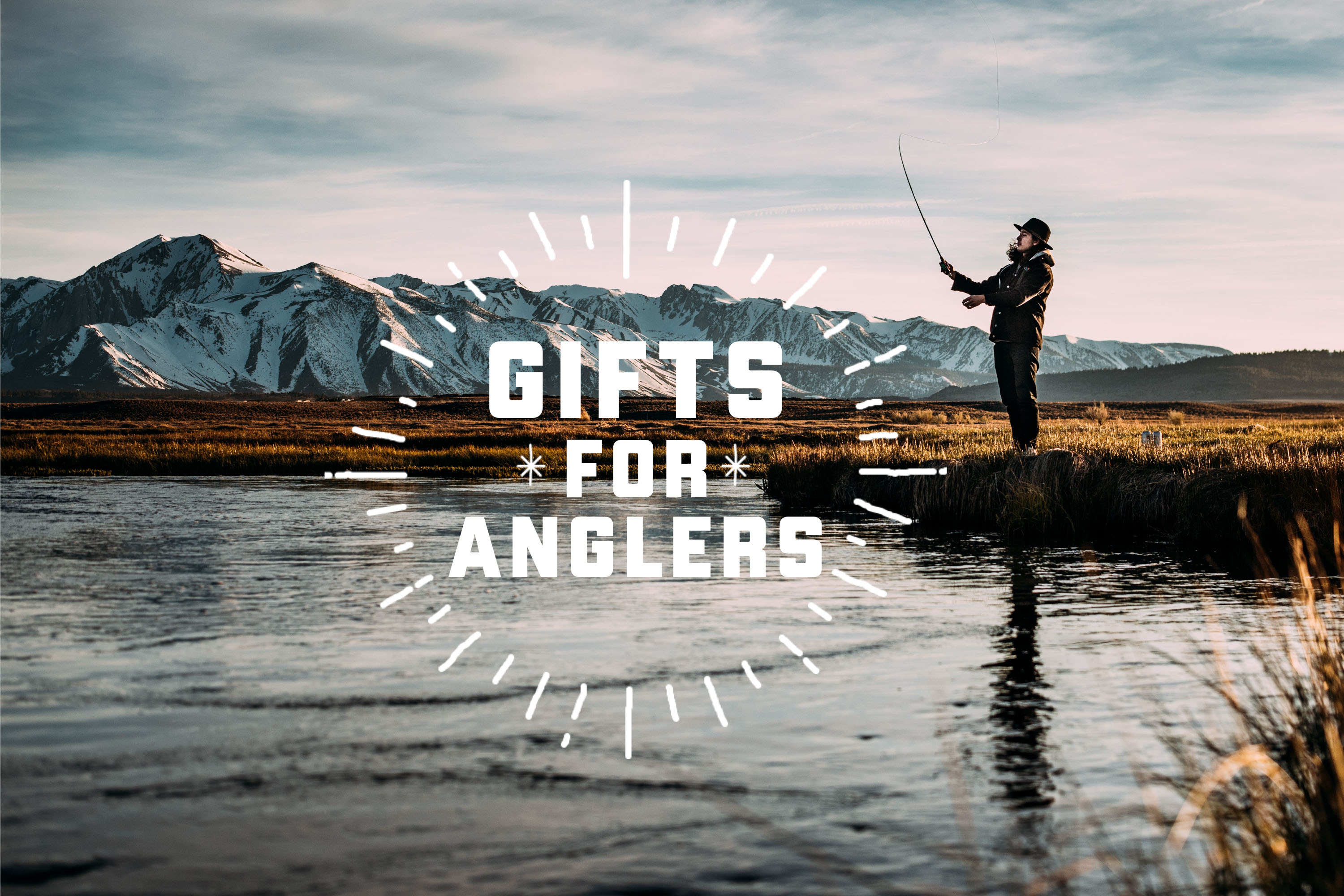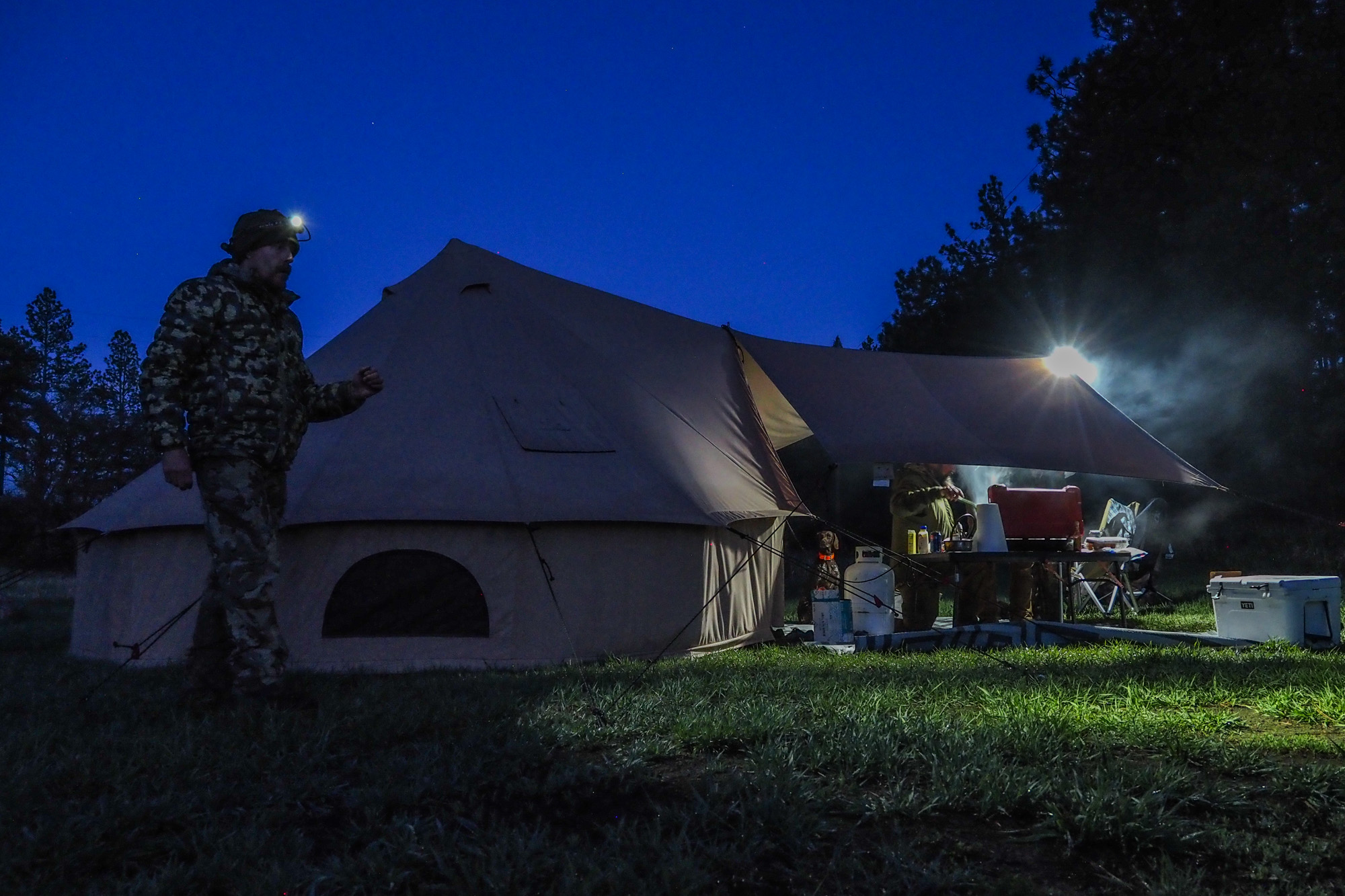The arrival of spring marks opening day and the beginning of trout season for most rivers across the country — here’s how to catch the big ones on streamers this season.
Winter can be tough for fly fishers. Weather and seasonal closures can make fly fishing difficult during the colder months of the year, and if you fly fish, you’ve no doubt been looking forward to spring.
While exciting dry fly action captures the attention of most fly fishers as rivers open and warmer weather arrives, there’s one highly effective tactic that can get lost in the shuffle: streamer fishing.
Streamer fishing is a productive year-round method to catch fish, and it’s something you should include in your arsenal this spring. Warming water temperatures and variable river flows can pose challenges if you’re streamer fishing, and you need to understand how to adapt to changing conditions — these are my favorite tactics to catch huge fish on streamers this spring.
Fish a Heavy Rod With Sinking Line

Fishing a sinking line, particularly in early spring, is a great way to catch more fish. As opposed to summer and fall — when floating lines typically prevail — water temperatures in spring are cold. In many cases, the water temperatures at your favorite rivers during spring might just be a degree or two colder than the temps in the heart of winter!
Ditching your floating line and light rod in favor of a heavier rod and sinking line during the spring allows you to get your presentation down to where the fish are. And it will greatly increase your chances of hooking into a big one.
The legendary Trouts Fly Fishing shop in Colorado recommends fishing a heavier rod with a sinking line because it “allows your streamer to get in the zone quicker and more efficiently.” This couldn’t be truer, and if your river is running cold, a sinking line is without a doubt the best way to hook into more big trout this spring.
Try a Dead Drift

Dead-drifting streamers is usually the best way to get things done in the winter, and the same can often be said in the spring. This spring, instead of trying aggressive and fast presentations, try slowing things down with a dead drift.
If you’ve never dead-drifted a streamer before, it’s a pretty simple process: Put your streamer under an indicator, and fish it as if it were a nymph. If you want to freestyle a bit, attach a 24-inch dropper with a small nymph on the shank of your streamer’s hook for added chances of hooking into a big one.
The reason a dead drift works so well is that fish are more sluggish in spring than they are in fall or winter, particularly when the water temperature is below 50 degrees Fahrenheit. Often, fish in the early months of spring aren’t going to move much to grab a streamer, which means you need to slowly drift it right in front of them and give the fish a presentation they can’t resist.
Know Where to Find Big Trout

Properly fishing your streamers in spring is only half the battle, because knowing what type of water to target can be just as difficult. This is especially true in spring when trout are often congregated in certain pockets in the lower portion of the water column and aren’t quite as spread out as they may be in summer.
Ken Tanaka of popular YouTube fly fishing channel Wish4Fish recommends that fly fishers look for water where big trout will most likely be hiding. Tanaka stated, “Big trout want to use the least amount of energy for the most amount of food … they’re going to be sitting in lies where they don’t have to exert a lot of energy, but yet there’s a steady food source available.”
In spring, Tanaka likes to fish streamers in eddies and slower water on the edge of faster-moving water — these eddies are perfect spots to find big trout.
Adapt to Changing Water Levels
Spring is a wet season. Not only that, but springtime also means snowmelt; both of these reasons can cause rivers to run high and muddy in the spring, which can throw a wrench in your spring fly fishing plans.
Fortunately, high water levels don’t always mean bad fishing. In fact, streamer fishing is one of the best ways to approach a river that’s too high for productive fishing otherwise. When a river is high, go with a heavy rod and sinking line — just like we mentioned earlier.
When you’re picking out your sinking line, pick something that’s as heavy as you can get. If a river is high and mighty, you’re going to need to get your streamer down quick, and the heavy line will help your streamer stay in the zone without drifting up to the surface.
Final Thoughts

Streamer fishing doesn’t need to wait until summer — in fact, spring can be one of the best times of year to catch huge fish on streamers.
Understanding and adapting to the fickle conditions as the season goes on is crucial. But if you can do it, you’ll be rewarded. Use the tips provided in this article to fuel some fish-filled adventures this spring!








